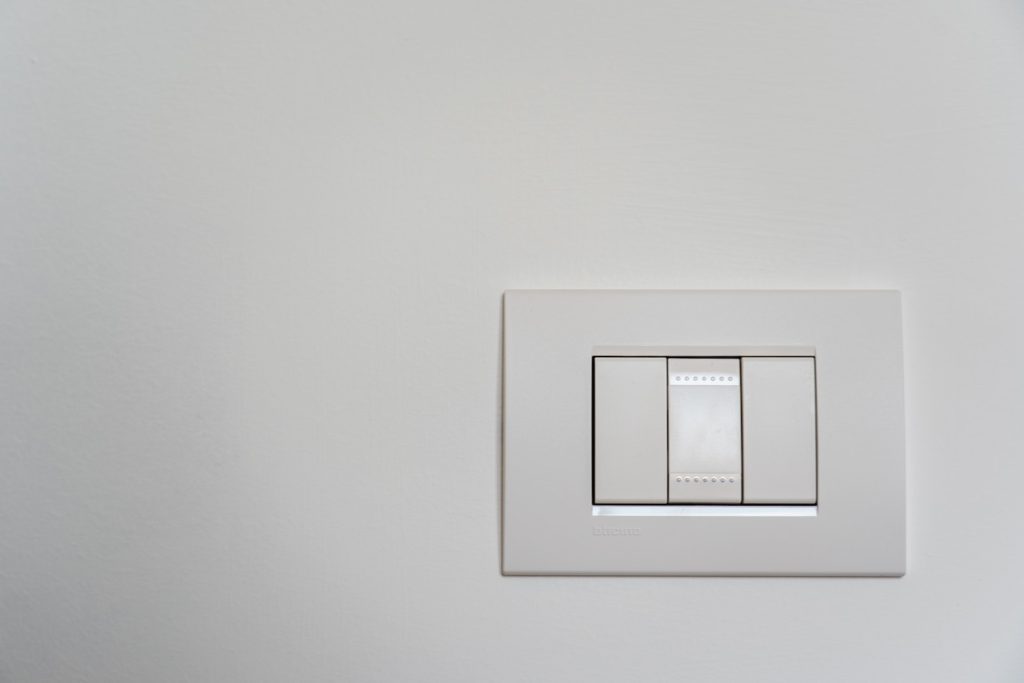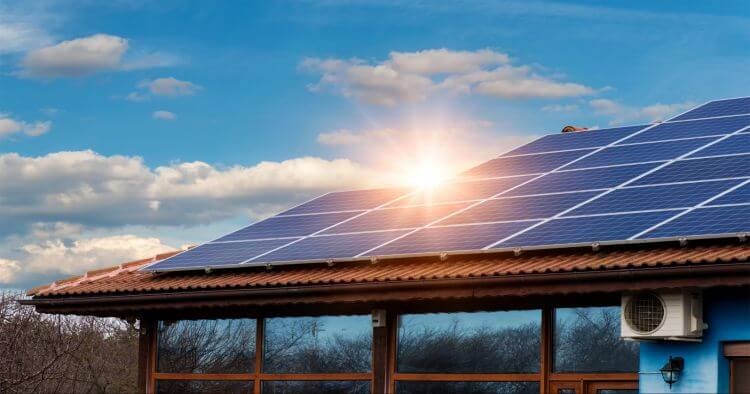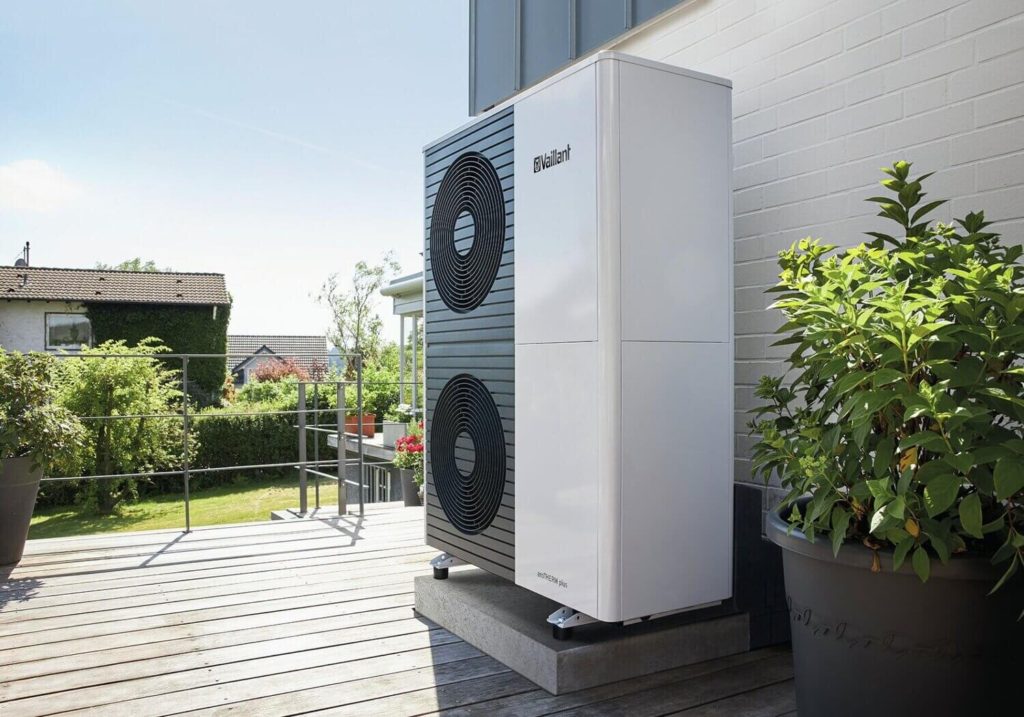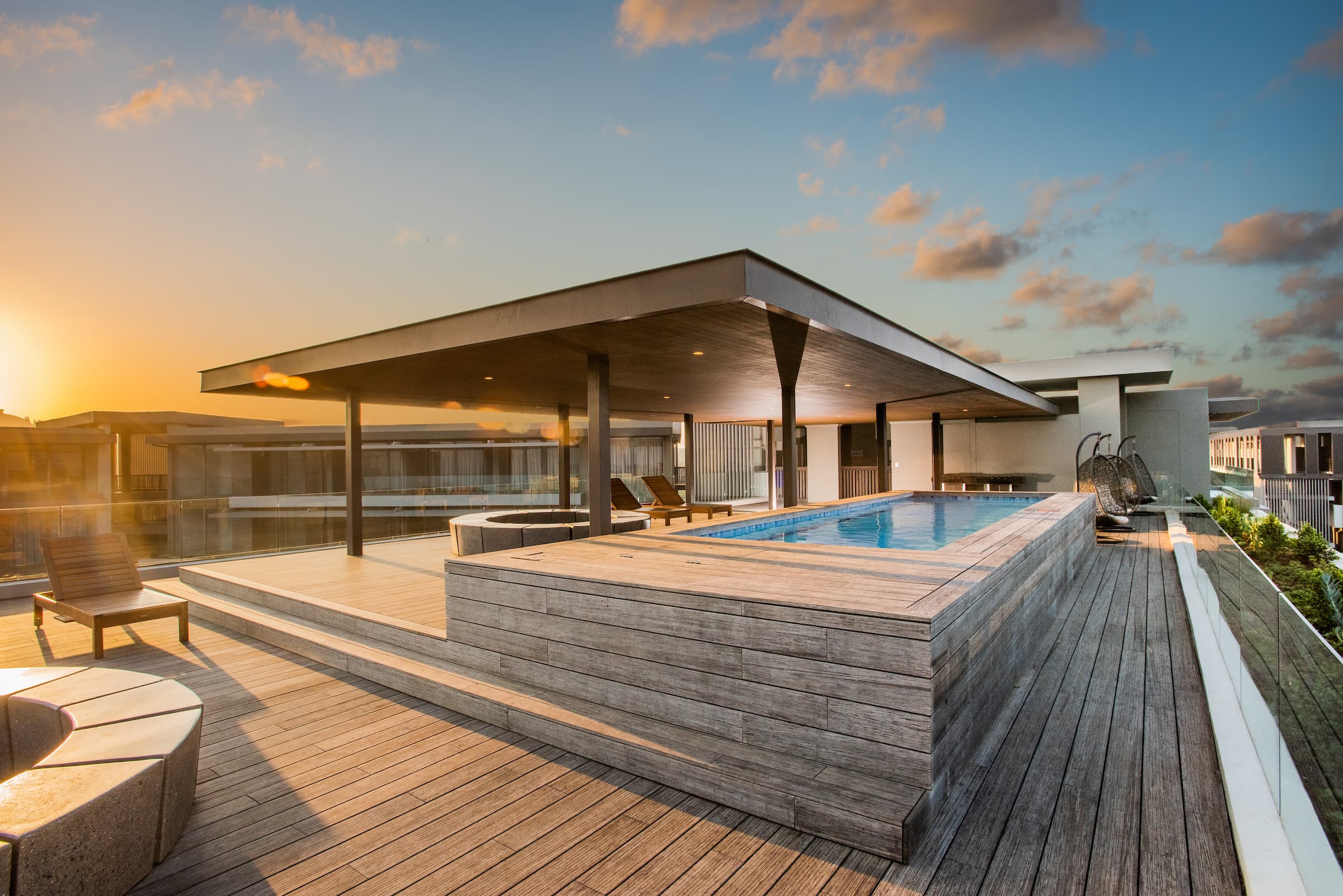An energy crisis, loadshedding stage 6 rolling blackouts and a heatwave are trifactor pushing South Africans off the grid.
As January 2023 kicked off with a heat wave across KwaZulu-Natal, amid nationwide loadshedding, Eskom added insult to injury with a hefty tariff hike. The 18.65% price hike, approved by Nersa for 2023/2024, has left many South Africans feeling powerless.
You’d be forgiven for the sentiment, feeling as though you’ve had enough of the dysfunctional relationship with the energy regulator. It’s not uncommon to feel this way after a power struggle spanning over a decade.
So how do you get a divorce from Eskom? Is it even possible for homeowners living under their respective South African municipality’s rules? Is it feasible to go off-grid when it comes to power? Here’s how to get off the grid in South Africa.
How to go off-grid in South Africa?
To begin with, ‘off-grid’ living isn’t just about energy consumption. The words widely denote a major lifestyle change – to a cleaner source of energy. This is largely a solar, cleaner, greener lifestyle that involves intensive physical work such as rainwater harvesting, growing one’s own food garden, and recycling and upcycling. For the purposes of this article let’s just focus on the relationship we have as consumers with the energy provider.
Power on

The electricity bill we pay the municipality powers our homes: It fires up the geyser to bring us hot water, allows us to switch on stoves to cook, lights for the dark and keeps TVs and electronics going to ensure we’re entertained. The electricity keeps food fresh in fridges and freezers, allows alarm systems, appliances, electric gates and fences to work and so much more.
To power your entire home without Eskom – to go completely off the grid – requires a significant outlay of cash. In simple terms, you would have to purchase solar panels and batteries. The panels would be installed on your roof and the batteries would have to be stored on the property, perhaps in a garage. It’s important to factor in the costs of maintenance, for example, the batteries may need replacing from time to time.
Insurance

You need to be cognisant of insurance implications, as your insurer needs to be on board should something happen to your roof. This can cost a substantial amount upfront but will pay off in the long-term.
The good news is that many insurance companies in South Africa, and banks, have created one-stop-shop packages for off-grid living that homeowners can pay for with installments. They have the added advantage of insurance coverage and you will have access to accredited suppliers affiliated with these reputable institutions.
Semi Off-grid

Similar financial assistance plans are available should you not wish to go completely off the grid. Semi-off-grid options revolve around the biggest energy culprit in the home – the geyser. Of all the necessities in a home, geysers tend to be the item that hogs the most amount of current in most households. Tumble dryers and washing machines, which require electricity to heat up water are high in consumption. Air conditioners and heating and cooling devices draw a high current and should therefore be used smartly.
Solar

Apart from purchasing energy-saving appliances, a solar power geyser is a wise investment. Remember that its fuel is sunlight, which is limitless and free.
With direct solar geysers the water moves through the solar collector and then directly into the geyser with the assistance of electrical pumps and controls.
With indirect solar geysers, the solar collector transfers fluid such as antifreeze which flows through the heat exchanger, which is surrounded by water. The water receives the heat from the antifreeze but never mixes with it.
The energy provider thus becomes your backup, should there be no solar energy for days at a time.
Heat Pump

You can choose to work with Eskom daily but reduce your cost. Small but meaningful additions include geyser timers that allow you to heat water at the set times you require it, or geyser blankets, which keep the geyser warmer for longer.
A significant one-third price drop is noted with a heat pump. Like the solar geyser, this is a big-ticket item and is installed outside the home. A heat pump works on electricity and in the warmer months pulls heat out of indoor spaces to cool them. They are environmentally friendly and use a refrigerant to provide comfort all year round.
In combination, a heat pump and solar geyser will go a long way to reducing your energy bill without breaking the bank. Just be sure to use accredited professionals and ensure you’re still compliant with your housing insurance.
